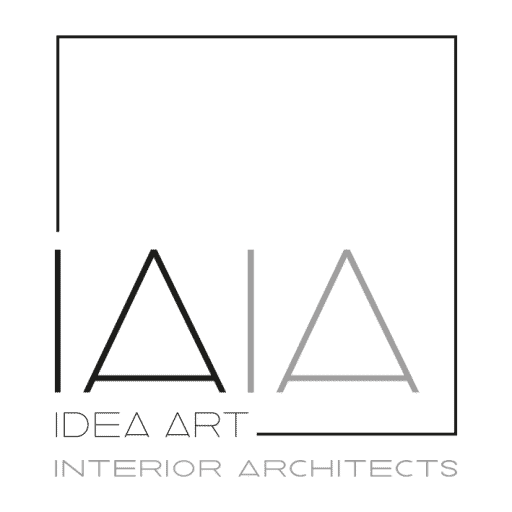Feng shui is the Chinese philosophy that describes the relationship between spatial arrangement and energy flow. If a building’s layout, materials, and color scheme have good feng shui, it’s said that the occupants benefit as the universal energy, or chi, flows properly through the rooms. The most common sought-after benefits of feng shui include enhanced wealth and career advancement, more vibrant love life, improved health, more social connections, and better luck.
If you’re interested in prospering from this ancient technique, we have created this article to give you some ideas on how you can make some changes to the interior of your home to create good feng shui.
Feng Shui Elements & Energy Map
Feng shui uses five basic elements—wood, fire, earth, metal, and water—to promote balance and energy flow. Incorporating these elements in the correct amounts and places encourages good feng shui.
To determine where to feature each element, consider the orientation of your property – if you are unsure you can easily work this out by looking at the sun which will rise in the East and set to the West. The classical feng shui energy map, or Bagua, divides a space into eight directions, with each one corresponding to a specific aspect of your life. These include:
- North: Career
- Northeast: Spiritual growth
- East: Health
- Southeast: Money
- South: Fame
- Southwest: Love and marriage
- West: Creativity
- Northwest: Helpful people
The key to attracting the right kind of energy is to accentuate the proper feng shui elements in the correct areas. To help you make these changes yourself, here are some ways that the professionals do this.
- Wood is associated with health, wealth, and family. To maximize these benefits, designers incorporate green and brown, rectangular shapes, pictures of trees, and live plants in the east, southeast, and south parts of the building.
- Fire is associated with creativity, love, and success. To help you increase these aspects in your life, a professional decorates with red, yellow, orange, purple, and pink; triangular and star shapes; candles; and images of fire in the south and southwest parts of your building.
- Earth is associated with stability, nourishment, and calm. To help you see more of these characteristics, a professional designs with light yellow, sandy colors, and light brown; square shapes; pottery; and landscape photos in the southwest, west, northwest, and northeast areas of your building.
- Metal is associated with clarity, productivity, and discipline. A professional emphasizes these qualities by incorporating white and grey, round shapes, and metal materials in the west, northwest, and north parts of the building.
- Water is associated with freshness, abundance, and renewal. A designer helps you see more of these benefits by adding blue and black, wavy and curvy shapes, mirrors, fountains, and images of water in the north, east, and southeast parts of your building.
Other Aspects of Feng Shui Design
For chi to flow properly, a designer must do more than just incorporate the proper feng shui elements in the proper places—the layout of the rooms must also be correct. Here are some other aspects of feng shui that designers and architects consider.
- The front and back doors should not align because this encourages chi to come in the front door and flow immediately out the back.
- Bedrooms should not be located above the garage. Since the bedroom is associated with health and relationships, the unsettled energy and clutter of the garage below could have a negative effect.
- Stairs should be positioned away from the front door to prevent chi from rushing up or down and leaving the main entry devoid of good feng shui.
- Second-floor bathrooms should not be located above the main entrance, which may drain the building of good chi.
We hope that you have found this article interesting, look out for more hints and tips in future blogs on how you can make positive changes to your home.



Recent Comments